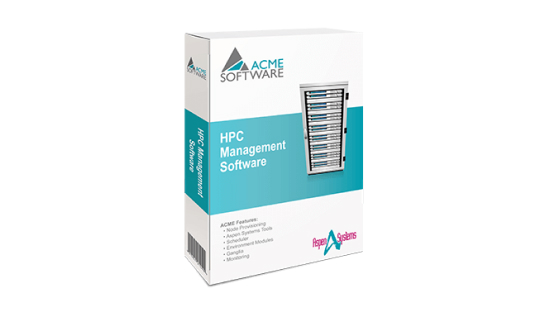- Login
- Register
body::-webkit-scrollbar {
width: 7px;
}
body::-webkit-scrollbar-track {
border-radius: 10px;
background: #f0f0f0;
}
body::-webkit-scrollbar-thumb {
border-radius: 50px;
background: #dfdbdb
}
Site Search
Get a Quote
Complete the form below request the Aspen Systems Sales team for a formal quote.
Submit Your Cart To Sales
Complete the form below to quickly submit your cart to the Aspen Systems Sales team for a formal quote.
Contact Us For Power Estimates
| Watts | |
|---|---|
| BTU/h | |
| AMPs (110V) | |
| AMPs (208V) |
* Depending on hardware, these numbers can vary widely. Please contact an Aspen Systems Inc. sales engineer for detailed power estimates.
With today’s hardware drawing more power than ever before, there’s no single value estimate that we can produce that will accurately estimate your power draw. To get an accurate estimate, please contact our sales team at sales@aspsys.com or call 1-800-992-9242.
Additionally, to get estimate power for a wide variety of servers, add them to a quote using our “create quote” system (in lower right corner of the screen). To get a power estimate along with your quote, 1) submit as a “formal quote request” and 2) in the notes for your request add “power estimate.”
Product Dimensions
**Rails and Power Cables are included with every server purchase.
Product Dimensions
View Your Quote Revisions
Revisit and restore past revisions of this quote request.
| Quote Name | Date Modified | Actions |
|---|
Power and Cooling
Plug Types
The most common plug/receptacle types you will encounter in North America are:
 Cooling
Cooling
To figure out which size unit is best for your cooling needs:
1. Determine the square footage of the area to be cooled
- 400-600 square foot needs 12,000 BTU/h (1 ton) of cooling
2. Determine your heat load
- Multiply your wattage by 3.413 to convert to BTU/h.
- 16363(w) x 3.413 = 55847 (BTU/H)
- 55847 (BTU/H) / 12000 = 4.65 tons of cooling
3. Make any adjustments for the following circumstances:
- If the room is heavily shaded, reduce capacity by 10 percent.
- If the room is very sunny, increase capacity by 10 percent.
- If more than two people regularly occupy the room, add 600-1000 BTUs for each additional person.
- Consider where you install the unit. If you are mounting an air conditioner near the corner of a room, look for a unit that can send the airflow in the right direction.
Equipment Leasing
Solve Your IT Equipment Needs with Equipment Financing
Aspen Systems partners with Fidelity Capital, LLC offering financing options for all of your equipment purchases. When you choose to lease our high performance computing solutions, you choose to conserve cash flow, guard against obsolescence and provide tax savings for your company. Fidelity’s financing programs can qualify your company within minutes and utilizes a streamline application process.
Industry-Leading Finance Solutions
Financing programs allow our customers to take advantage of 100% financing for all equipment and software, including shipping, installation, and training.
Finance Aspen Systems Product Offerings
- Servers & Storage Solutions
- High-Performance Computing (HPC) Solutions
- Storage / File Systems
- On-Site Installation/Training
All applications can be faxed to 303.431.7196 or emailed to sales@aspsys.com



 Cooling
Cooling